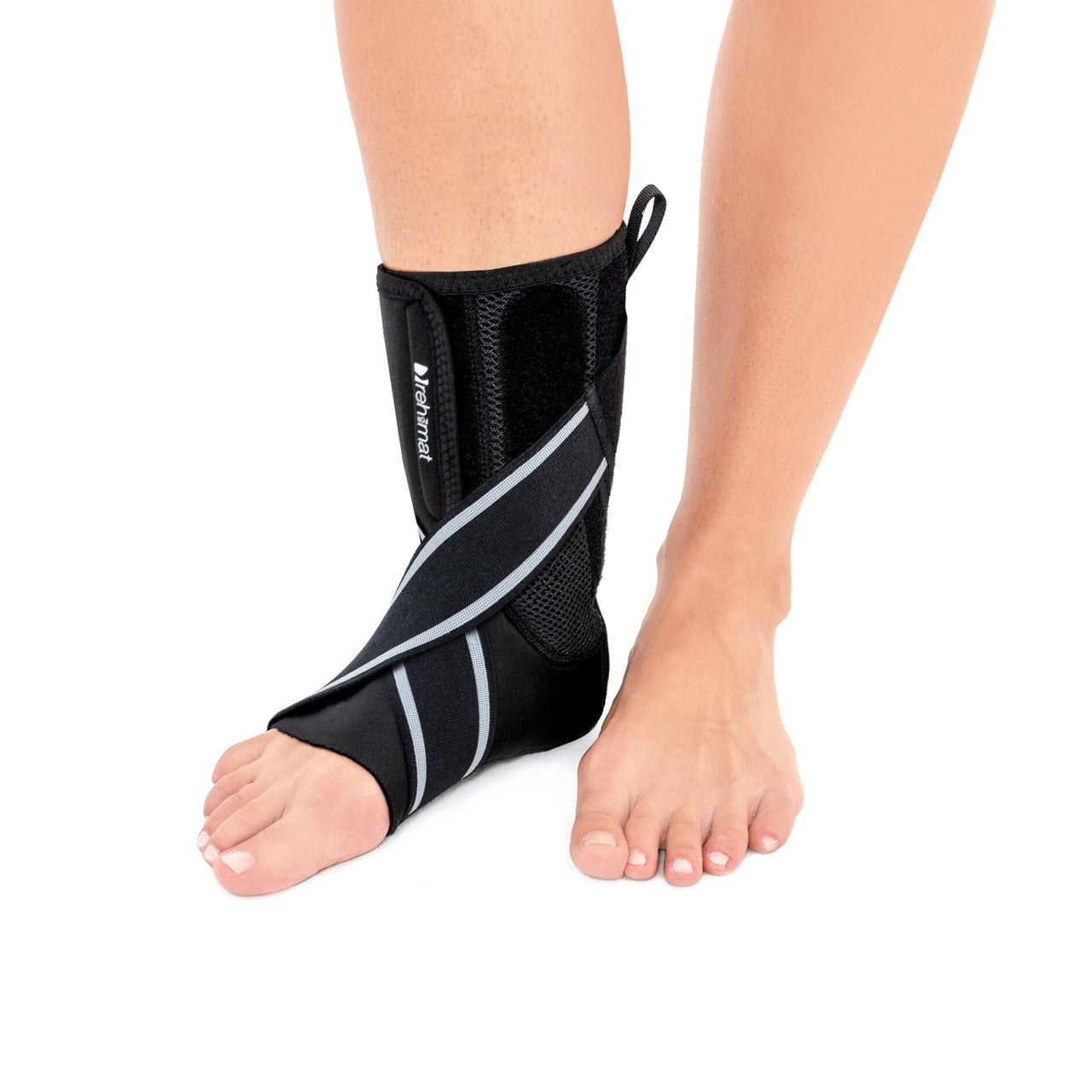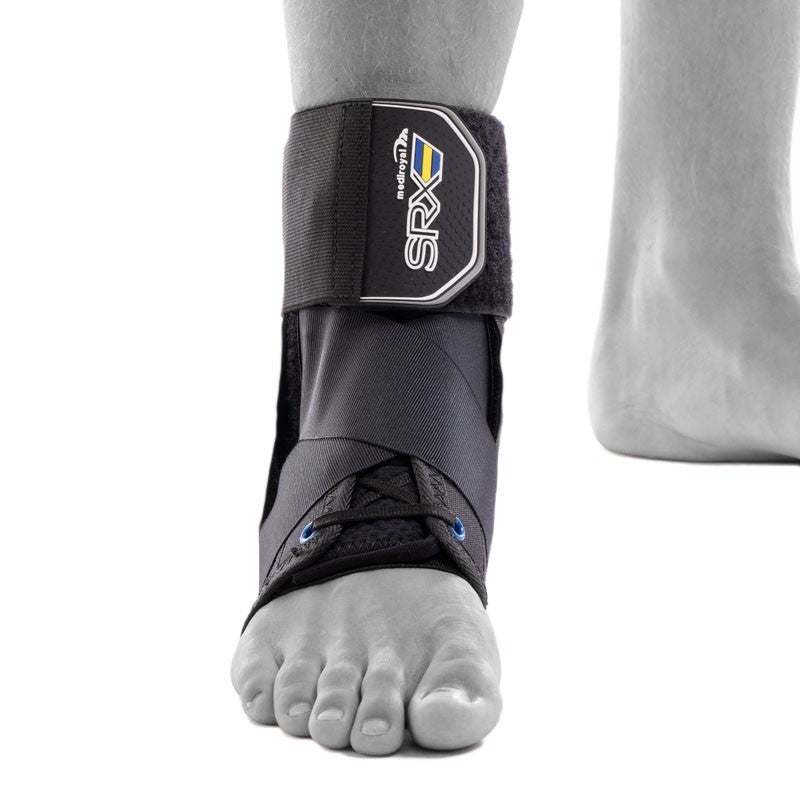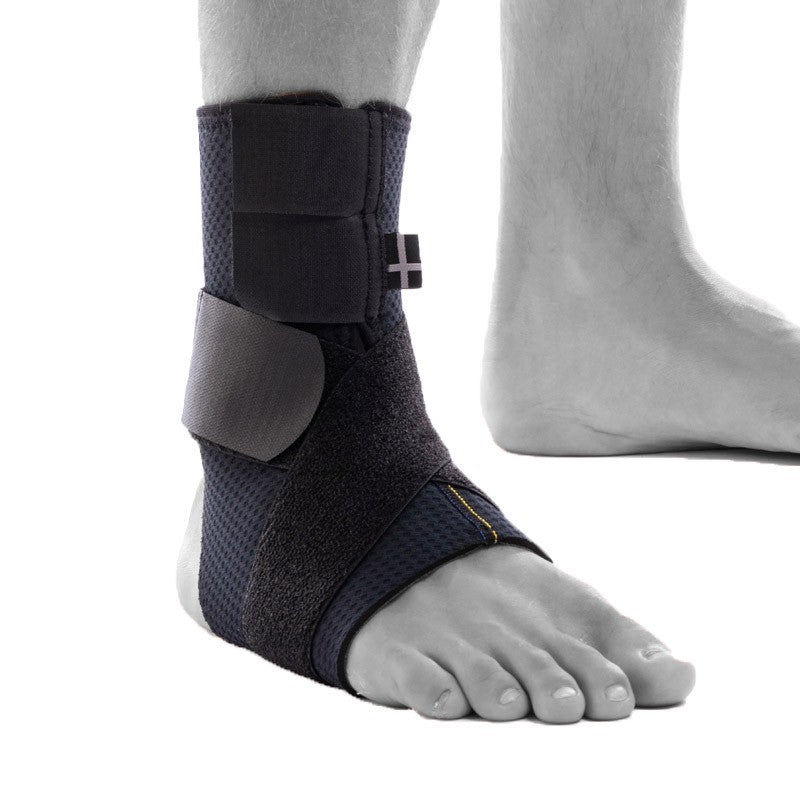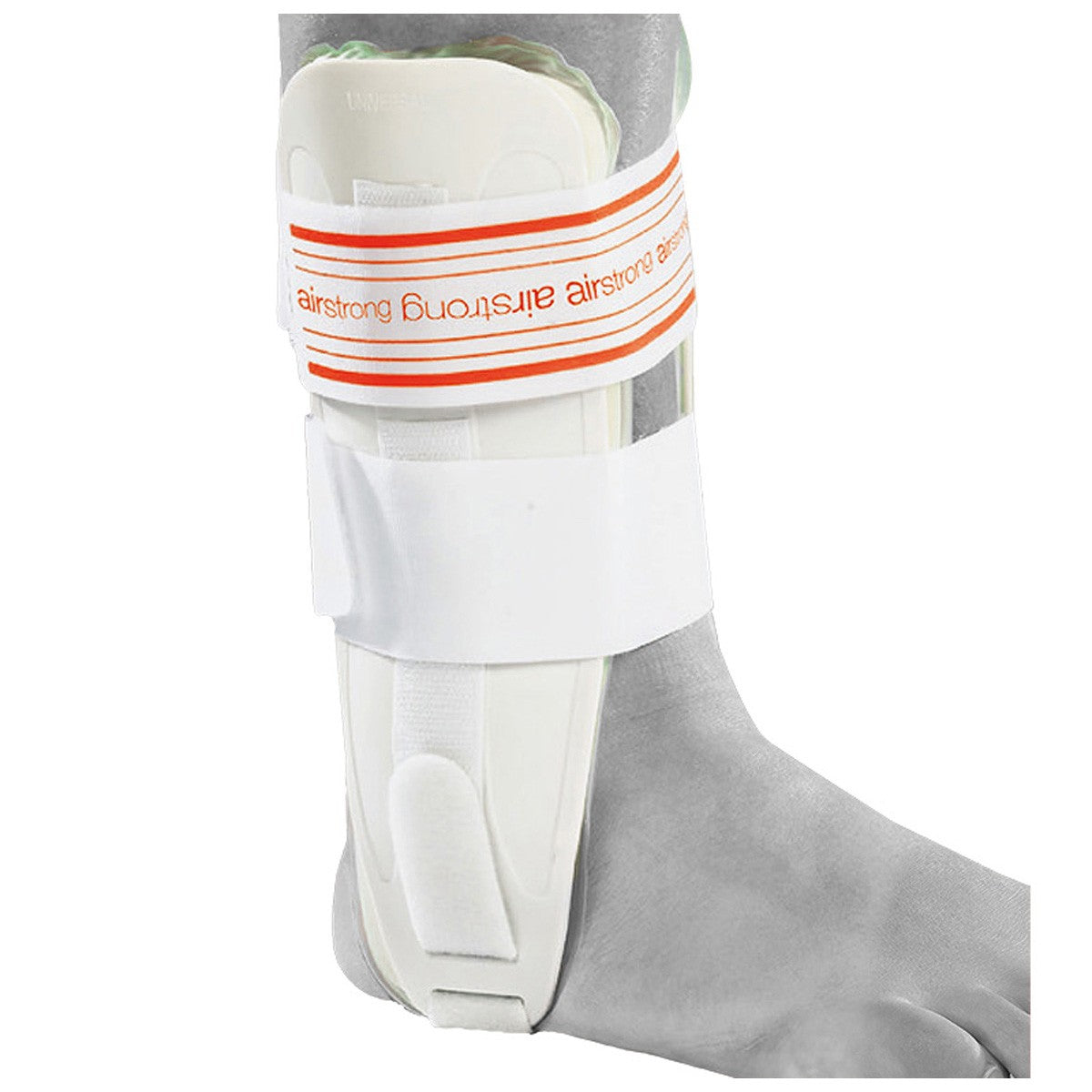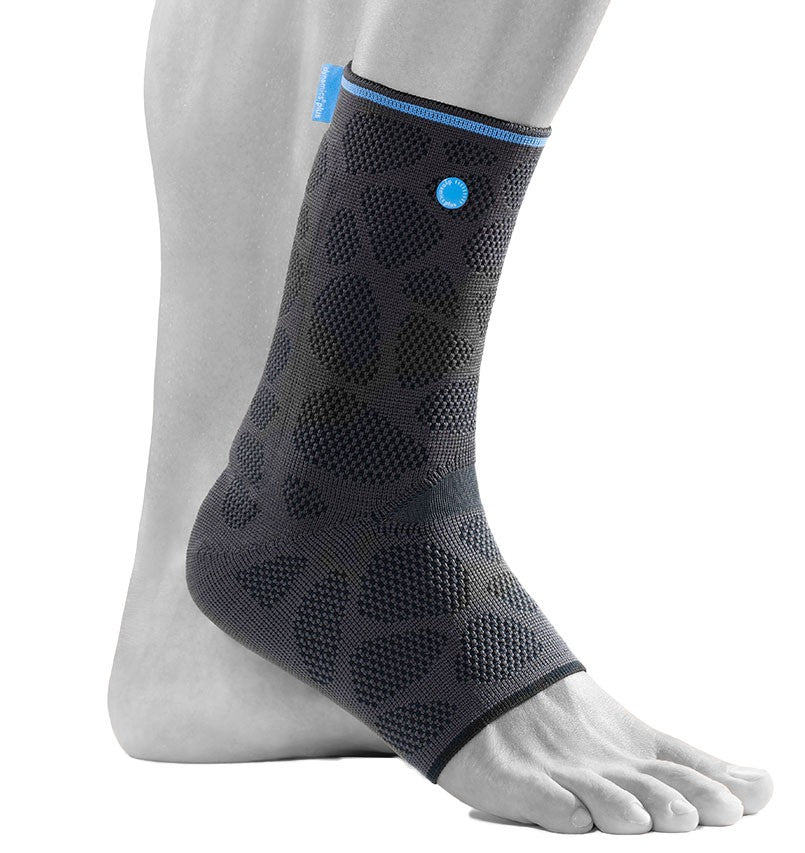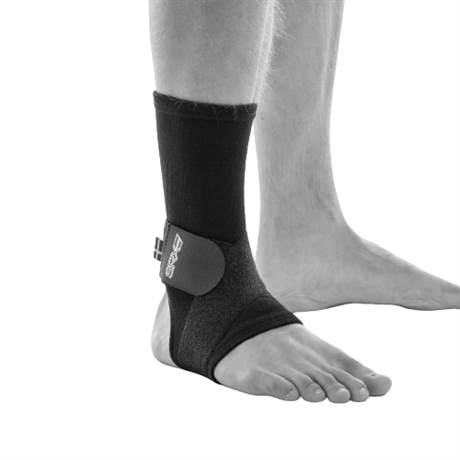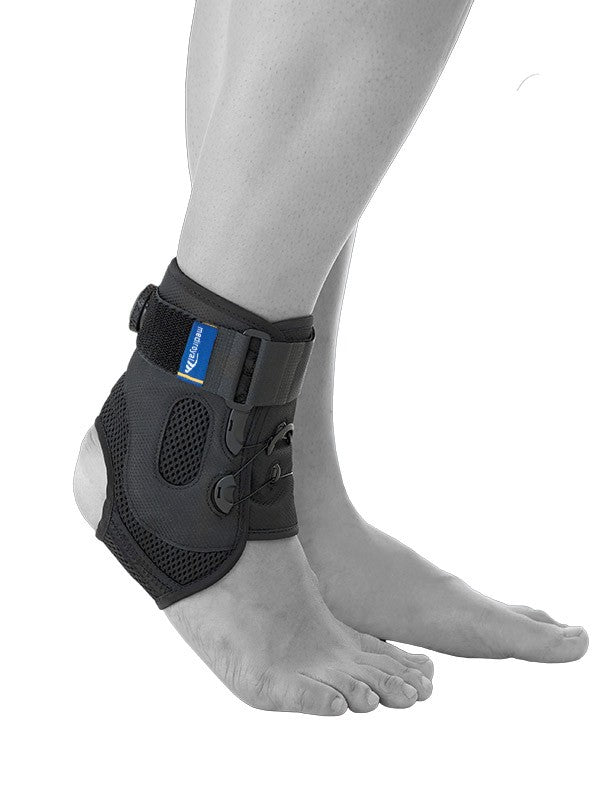Ankle ligament injuries are one of the most common sports-related injuries, but can also occur in everyday life from slips or falls. The injury affects the stability of the ankle and requires proper support and rehabilitation to avoid long-term problems.
What is ligament damage in the foot?
The injury occurs when the ankle is twisted beyond its normal range of motion, often when stepping sideways with a heavy load. The ligaments on the outside of the ankle are most vulnerable and can be stretched or torn completely. The injuries are graded into three levels: 1) slight stretching, 2) partial tearing, 3) total rupture. If stability is impaired, ankle supports are available that can restore security and function.
Symptoms
- Pain and swelling in the ankle after the injury
- Discoloration (bruising) around the injury area
- Feeling of instability when walking or doing activity
- Cracking sound associated with the injury (in case of total rupture)
Common causes & risk factors
Sports involving rapid changes of direction, jumping or uneven surfaces are common causes. Falls or missteps in everyday life can also cause the injury. Narrow sports shoes or shoes without sufficient support increase the risk, as do previous injuries to the ankle.
When should you seek medical attention?
In case of severe pain, significant swelling, inability to bear weight on the foot or suspicion of a complete rupture, medical attention should be sought. This also applies if the instability persists despite relief and support.
Recommended protection & support
In the case of ligament injuries, a stabilizing ankle support is an important part of recovery. It counteracts harmful extreme positions and provides stability both in everyday life and during activity. Rigid materials and reinforcements around the ankle increase support. For milder injuries, simple orthoses or taping can provide relief, while more extensive injuries require stronger support. Balance plates can be used in rehabilitation to regain strength and stability in the ankle.

